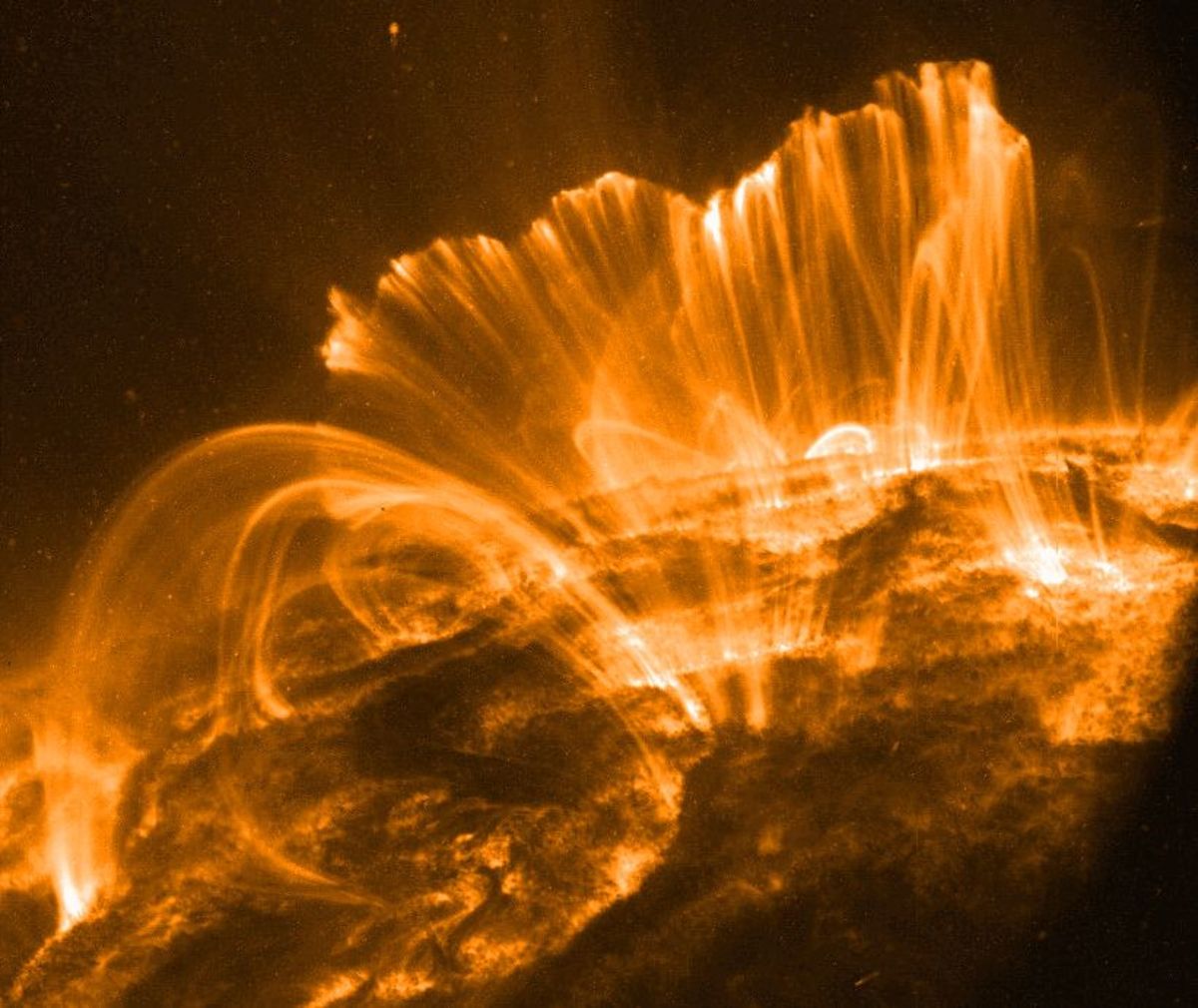


The issues include radio interference (designated “R” and measured on a scale of 1–5), which takes about eight minutes to arrive at Earth radiation storm (designated “S”), which can arrive anywhere between 20 minutes and several hours after a flare and there are geomagnetic storms (designated G) – these can take hours to days to arrive at earth. It was the first time the Australian Bureau of Meteorology had alerted the Regional Space Operations Centre at Lot Fourteen in Adelaide of potential pending problems. Halloween storm watch warning from the US National Oceanic and Atmospheric Administration (NOAA) space weather team. It was classified X1 (“X” for the most potent class of flare, “1” for its intensity), and space operators were given three days’ warning of the approaching plasma storm. The Halloween Coronal Mass Ejection (CME) was detected on 28 October at 1535 UTC. “And that means problems for all technological systems in space.” “We’re in a solar ascendancy phase, with an increasing number of strong flares and geomagnetic storms,” says Bouya. So there’s a lot of planning going into that.”Ĭurrently, Australia’s embryonic space industry has only a handful of these relatively cheap and straightforward devices in orbit – scattered among the ever-expanding constellations of them launched by major international enterprises. “There’s a whole lot of trouble ahead, and that touches on many different sectors. “We’re coming into a period over the next three years where we’re going to see a lot of risk from space weather events right at a time when we’re becoming more dependent on space-based assets,” says Space Industry Association of Australia (SIAA) CEO James Brown.

Space operators were given three days’ warning of the approaching plasma storm. The global low-Earth-orbit (LEO) CubeSat craze was at the just-about-to-take-off phase.

The Australian space industry was nascent. When the last cycle of solar flares ebbed just 11 years ago, there was no Australian Space Agency (ASA). Space weather suddenly has great significance to Australia. “It didn’t eventuate the way we expected it to,” she says. The Sun decided to celebrate Halloween with the first powerful flare of the new solar cycle.Īccording to the Bureau of Meteorology Space Weather Services forecaster Dr Zahra Bouya, it turned out to be a “trick”. The Australian Space Operations Centre had its inaugural big alert the weekend before last.


 0 kommentar(er)
0 kommentar(er)
